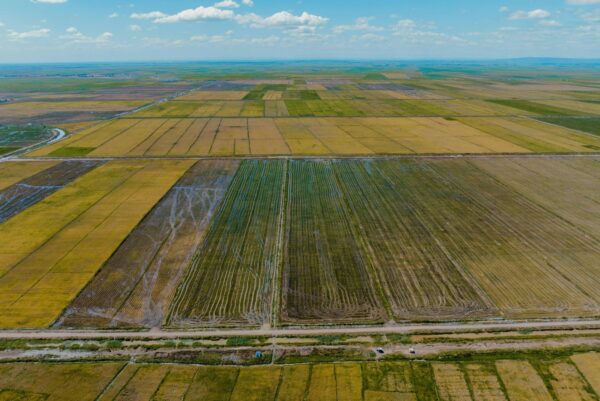Changes in land cover and management affect heat stress and labour capacity
Authors
Anton Orlov, Steven De Hertog, Felix Havermann, Suqi Guo, Fei Luo, Iris Manola, Wim Thiery, Quentin Lejeune, Julia Pongratz, Florian Humpenöder, Michael Windisch, Shruti Nath, Alexander Popp, and Carl-Friedrich Schleussner

Key Points
- Land cover and land management changes (LCLMC) affect temperature and humidity
- LCLMC affect heat stress and labor capacity
- Impacts on heat stress should be accounted for in LCLMC-related policies
Plain Language Summary
Global warming is expected to exacerbate heat stress. Changes in land cover and land management (LCLMC) alter temperature and humidity locally and remotely, thereby potentially affecting the occupational capacity to safely perform physical work under hot environments (labor capacity). The effects of LCLMC on labor capacity have not been quantified globally using multiple climate models.
Here, we assessed the effects of cropland expansion, irrigation expansion, and afforestation on heat stress and labor capacity using a multi-model approach. We found that LCLMC leads to substantial changes of temperature, but the concomitant changes of humidity could largely diminish the combined effects on moist heat. Temperature changes in response to cropland expansion and afforestation differ between day- and night-time and are inconsistent across the climate models.
Overall, LCLMC leads to non-negligible impacts on heat stress and labor capacity in low-latitude regions during the warmest seasons. LCLMC-induced impacts on heat stress and their consequences for adaptation should be accounted for when designing LCLMC-related policies to ensure sustainable development.











